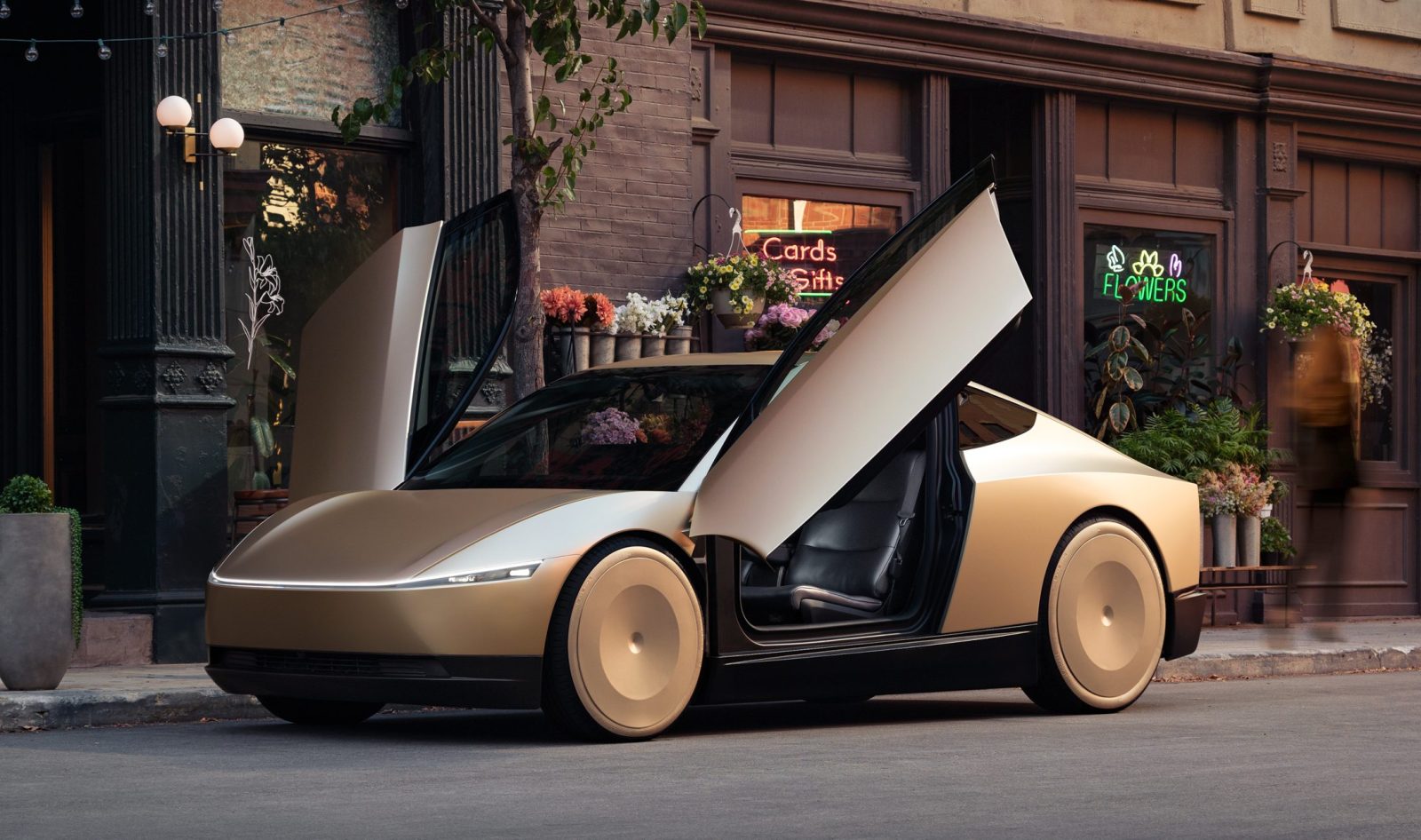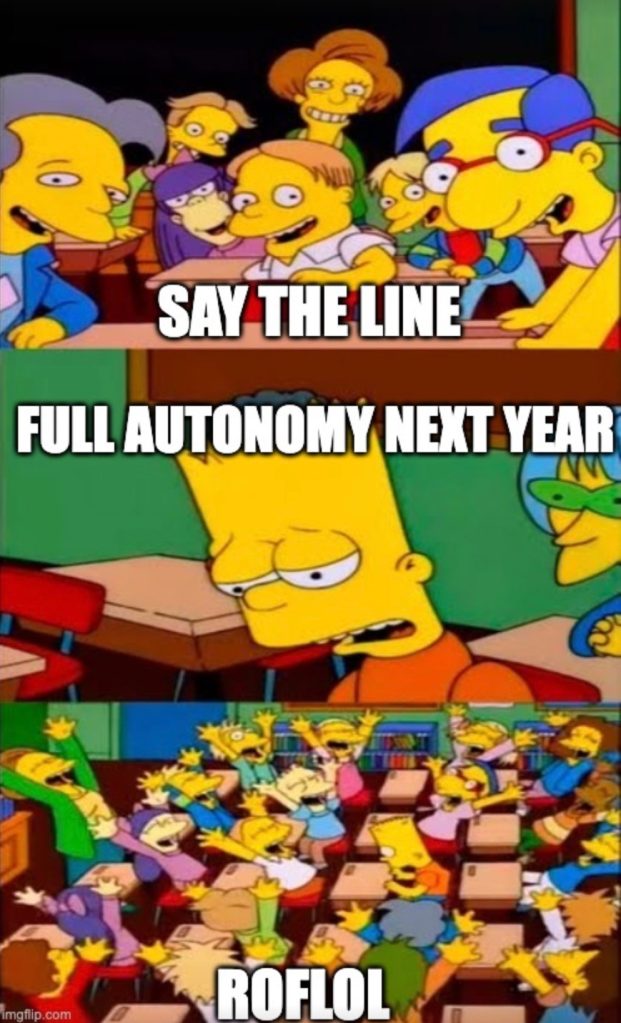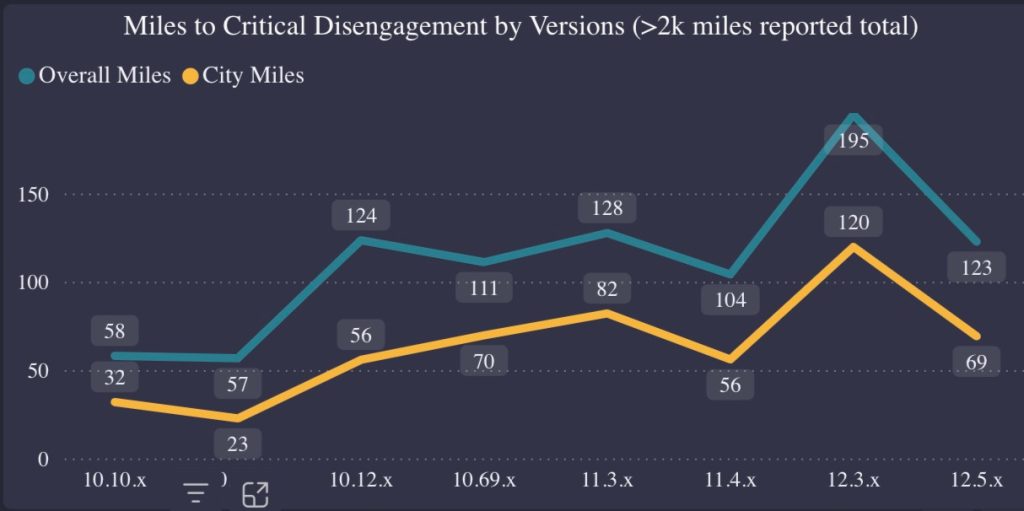
There was one big thing missing from Tesla’s autonomy event yesterday: data. Elon Musk wants you to believe Tesla is about to deliver self-driving, but you just have to believe him despite the fact that he has been wrong about it every year for the past five years.
Yesterday, Tesla unveiled a cool-looking car, the Cybercab, that is entirely reliant on making Full Self-Driving (FSD) work, which was supposed to happen every year for the past 5 years, according to Elon Musk’s own statements.
Every year since 2019, Musk said that he expects Tesla to upgrade its supervised FSD into an unsupervised FSD, as promised, by the end of the year.
At one point, the CEO claimed that his inaccurate timelines were due to achieving “local maximums” in the software, which they couldn’t see until they hit those ceilings. Despite this problem, he keeps giving new timelines and selling the product while Tesla could still be running into local maximums.
What I wanted from Tesla’s event yesterday was to know what makes this time different. Musk said that Tesla is going to deliver unsupervised self-driving on current vehicles in California and Texas next year.

Then, Cybercab will follow when it enters production in 2026 or 2027.
But again, why should we believe Musk this time?
I was expecting one of two things that Tesla would announce at the event to build more confidence:
- Tesla would share data about FSD that shows real progress – something Tesla has never done. Really, it has never released FSD data beyond the number of miles covered. No disengagement nor intervention data.
- A change in strategy that would involve deploying level 4 self-driving in geo-fenced areas – a business model closer to what Waymo is doing.
Tesla did neither. Instead, it’s business as usual with FSD, which currently needs a 500-1000x improvement in miles between interventions.
The latest disengagement data crowdsourced by Tesla owners shows that FSD is currently at about 123 miles between disengagement and the pace of improvement is far from impressive:

Until Tesla shows a clear path toward 100,000+ miles between disengagmeeent, a steering wheel-less robotaxi is pretty meaningless, which explains why Tesla’s stock is down by as much as 10% following the event.
Instead of sharing some data about the program, which Tesla certainly has after over 1.6 billion miles on FSD, Musk decided to again only reference direct personal experiences that customers have with Tesla’s Supervised FSD.
I am not discounting that Supervised FSD can be impressive, and if it was being developed in a vacuum without Musk giving unreasonable timelines and selling promises to customers for up to $15,000, I think we would all be talking differently about this product.
But right now, even though you can have an impressive 100-mile drive without issue on FSD, it doesn’t translate into an unsupervised self-driving system because the data shows it can’t do it reliable thousands of times like a human could.
Now, that’s based on my own experience with the system over the last 3 years and the crowdsourced data. To be fair, the crowdsourced data only accounts for ~100,000 miles while Tesla has over 1.6 billion miles of data, but if Tesla refuses to share that data, I have to assume that it doesn’t look much better than the crowdsourced dataset.
But Fred, what about the demonstration at the event?
The Cybercab demos at the event were less impressive than FSD. Tesla chose the Warner Bros studio for a reason.
While these roads look like regular public roads, it’s a private studio set. Tesla doesn’t need to ask California for a self-driving permit to drive there. Tesla has always resisted testing unsupervised self-driving vehicles on California roads, something all other companies developing self-driving technologies are doing. Why? Because it would require them to share their data about disengagement.
Therefore, Tesla tuned FSD to work “unsupervised” on these private roads for the event. Also, I put “unsupervised” in quotes because they were unsupervised from inside the vehicle, but it looks like Tesla had staff tracking the demo vehicles and controlling their departures and arrivals.
Electrek’s Take
In short, Tesla needs to release its FSD data to show a clear path toward over 100,000 miles between disengagement. Otherwise, this whole thing is pretty meaningless. The Cybercab looks awesome. I love the design.
The fact that it only has two seats is a bit annoying, but it’s true that 90% of rideshare rides are for two passengers or fewer.
Top comment by macb00kemdanno
Why does a "cab" have only room for two people and scissor doors? How is a low-slung coupe going to help the elderly or people with disabilities who could really use autonomous transport to get somewhere?
Heck, how would it work for my wife and two kids if we needed a ride from, say, the airport to a hotel? We'd have to take two cars. That makes no sense. This thing seems half-baked.
For higher volume transit, there’s the new Robovan, but it has the same FSD problem as all other Tesla vehicles.
Optimus looked to have had a meaningful improvement, but it is still ways from being useful and as per many attendees, it seems likely that there was at least a certain level of remote control.
Overall the event was very low in details and new information. It could have been an email. Looks like Tesla wanted to throw a party for its shareholders.
A party that cost them about $50 billion in valuation.
FTC: We use income earning auto affiliate links. More.



Comments